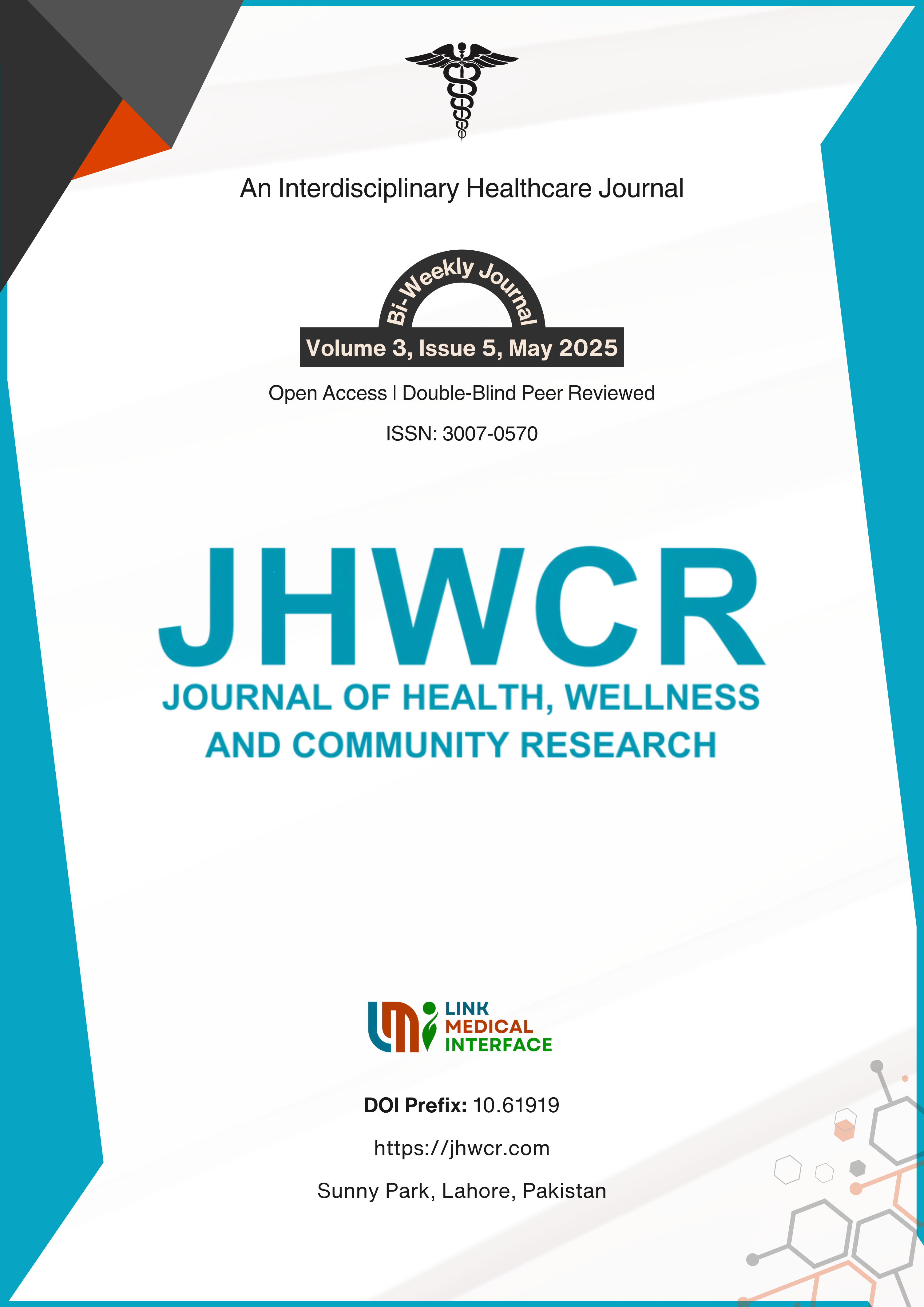Identification Of Adverse Events in Hospitalized Patients by Using Perinatal Trigger Tool
DOI:
https://doi.org/10.61919/0z02ga75Keywords:
Patient Safety, Perinatal Care, Trigger Tool, Adverse Events, Obstetric Harm, Neonatal Harm, Quality ImprovementAbstract
Background: Adverse events in perinatal care remain under-identified by conventional incident reporting, and structured trigger tools may offer a more sensitive method for detecting patient harm and guiding quality improvement. Objective: This study aimed to estimate the rate, type, and severity of adverse events among hospitalized obstetric and neonatal patients using the IHI perinatal trigger tool, with the expectation of identifying clinically actionable events for system-level safety interventions. Methods: A descriptive cross-sectional study was conducted in a 48-bed tertiary women’s hospital, reviewing 120 randomly selected medical records (n = 120) of obstetric patients and their neonates over six months. Inclusion criteria were all obstetric and neonatal admissions; exclusions were incomplete records or non-perinatal admissions. Data were abstracted using the UK Global Trigger Tool for perinatal care, with each record independently reviewed by trained clinicians for predefined triggers and adverse events, categorized by harm severity. Statistical analysis was performed using SPSS (version 13), employing descriptive statistics and group comparisons with chi-square and odds ratios, adhering to ethical approval per the Helsinki Declaration. Results: Adverse events were detected in 17.5% of cases (21/120), with an event rate of 15.8 per 100 admissions and 19.2 per 1,000 patient-days. Most events were temporary (IHI categories E and F), and triggers such as blood transfusion and unplanned return to surgery showed the highest predictive value (PPV 100%, p < 0.05). No significant difference was found between maternal and neonatal groups (p > 0.05). Conclusion: The IHI perinatal trigger tool reliably identified clinically meaningful adverse events in hospitalized obstetric and neonatal patients, supporting its integration into routine safety surveillance to enhance patient outcomes and inform targeted quality improvements in perinatal healthcare settings
Downloads
Published
Issue
Section
License
Copyright (c) 2025 Journal of Health, Wellness and Community Research

This work is licensed under a Creative Commons Attribution 4.0 International License.


